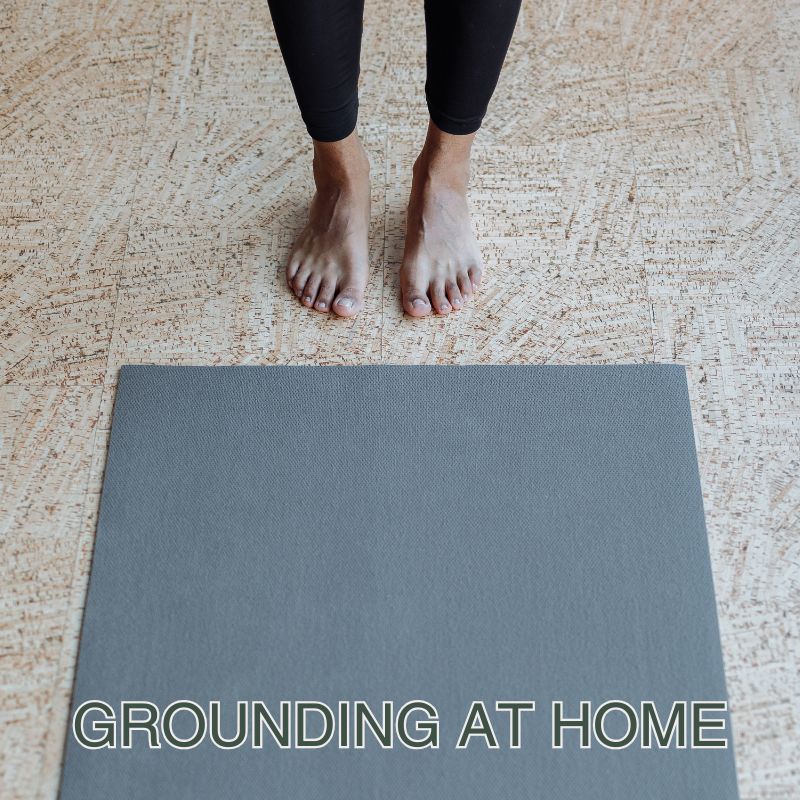
Grounding at Home: How to Create a Space That Supports a Healthy Lifestyle
Why Is Grounding Important at Home?
Our bodies are naturally designed to live in direct contact with the Earth. Modern lifestyles, spent mostly on hard surfaces like concrete and asphalt—and surrounded by electronics—disconnect us from the natural benefits of being grounded. Grounding helps restore the body’s electrical balance, which can improve overall well-being, reduce oxidative stress and inflammation, and enhance sleep quality.
How to Create a Grounding Space at Home
Creating a grounding-friendly space at home is easier than you might think. Here are a few practical steps to help you bring grounding into your daily routine:
Use Grounding Mats and Sheets
-
Grounding mats: These are great tools for grounding, which you can place under your desk or in areas where you stand or sit often, such as the kitchen. Grounding mats connect to a grounded outlet, allowing electrons to flow into your body even while indoors.
-
Grounding sheets: These special sheets contain conductive fibers that connect you to the Earth while you sleep. Plugged into a grounded outlet, grounding sheets can improve sleep quality and restore your body's electrical balance.
Create a Grounding Zone at Home
Choose a spot in your home—like a corner of your living room or bedroom—and turn it into a grounding zone. Place a grounding mat and a comfortable spot to sit or lie down. Use this area during everyday activities like reading, meditating, watching TV, or talking on the phone.
Invest in Grounding Accessories for Your Home Office
If you work remotely, consider getting a grounding mat for your home office. Place it under your desk or on your chair to benefit from grounding while working. This can boost your well-being, improve focus, and reduce stress levels.
Incorporate Natural Materials into Your Interior
Choose furniture and décor made from natural materials such as wood, cotton, linen, wool, or jute. Unlike synthetic materials, these do not disrupt your home's energy balance and support a healthy environment.
Limit Electronics Before Bed
Electronic devices like TVs, computers, and phones emit electromagnetic radiation that can disrupt the body’s natural energetic balance. To reduce these negative effects, limit device use at least one hour before bedtime and instead relax on a grounding sheet to unwind and prepare for sleep.
Create Access to Natural Surfaces
If you have a garden or balcony, make it easy to access natural surfaces like grass, soil, or sand where you can walk barefoot. Daily barefoot walks are a simple and effective way to practice natural grounding.
Schedule Routine Grounding Sessions
Add regular grounding sessions to your daily routine—such as meditating on a grounding mat or reading in bed on a grounding sheet. By setting consistent times, you’re more likely to stick with the habit and enjoy the full benefits.
Fresh Air and Houseplants
Keep the air in your home fresh by airing out rooms regularly and adding houseplants. Plants help purify the air and create a calming, natural atmosphere. They can also support your sense of connection to nature and grounding.
Summary
Grounding is a simple yet powerful way to improve your health and well-being at home. By creating a space that supports grounding, you can enjoy the benefits of connecting with the Earth—even while spending much of your time indoors. Regular use of grounding mats and sheets, limiting screen time before bed, and incorporating natural materials into your home are just some of the ways to create a healthier living environment.
